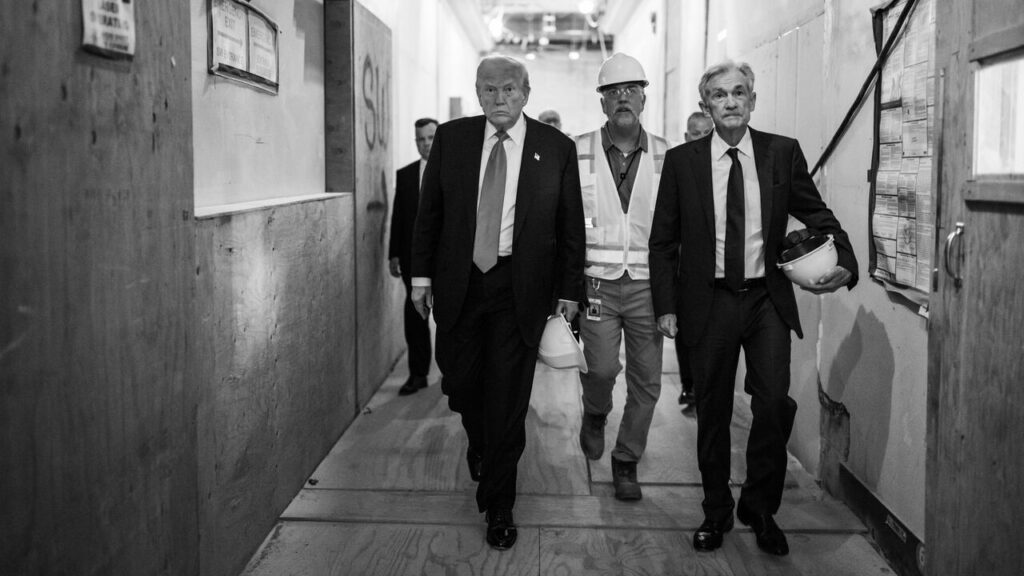The Federal Reserve, often referred to as the Fed, plays a crucial role in shaping the global economy, wielding immense power over monetary policy and economic stability in the United States. Known for its typically unified front, the Fed has managed to project a sense of calm, even during tumultuous economic periods. However, recent developments indicate that this harmony is beginning to fracture. As President Donald Trump intensifies his criticism of the Fed, alongside implementing tariffs that challenge the resilience of the American economy, differences in opinions among Fed officials are becoming increasingly apparent.
On July 30th, a significant moment transpired within the hallowed halls of the Federal Reserve when two of its rate-setters, Christopher Waller and Michelle Bowman, registered dissent regarding the prevailing decision on interest rates. The majority of the policymaking committee chose to maintain the existing interest rates at a range of 4.25-4.5%. However, Waller and Bowman expressed a contrasting view, advocating for a reduction of a quarter percentage point. Their disagreement is especially noteworthy, as it marks the first instance of a “double dissent” within the Fed’s board of governors in over three decades. This event highlights a growing rift among policymakers that could signal shifts in the central bank’s strategic approach to handling the economy.
The dissenting votes from Waller and Bowman underscore the increasing tensions surrounding monetary policy discussions at the Fed. Traditionally, members of the Federal Reserve have aligned closely together, presenting a united stance as they navigate complex economic landscapes. Yet, the pressures of external criticism and varying perspectives on economic indicators appear to be prompting more outspoken differences among Fed governors. This divergence in opinions not only reflects the individual philosophies of the governors but also suggests a broader uncertainty regarding the economic direction under current conditions.
Tensions are further exacerbated by President Trump’s vocal criticism of the Fed and its chair, Jerome Powell. The president’s public proclamations often express discontent with the Fed’s interest rate decisions, leading to a precarious environment in which the central bank’s independence is tested. While the Fed has historically attempted to keep politics separate from its monetary policy decisions, the ongoing confrontations with the executive branch may complicate its mandate to promote maximum employment and stable prices. The uncertainty surrounding trade policies and tariffs, initiated by the Trump administration, adds another layer of complexity to the Fed’s decision-making process.
These dynamics underscore the delicate balance the Fed must maintain as it seeks to navigate both internal disagreements and external pressures. With inflation rates fluctuating and the threat of economic downturn looming, the decisions made by the Federal Reserve hold significant weight. The possibility of diverging monetary policy perspectives among Fed officials could lead to varied responses in dealing with economic challenges, potentially resulting in a fragmented strategy that does not align with the broader goals of economic stability.
In conclusion, the Federal Reserve’s typically serene approach to monetary policy is currently experiencing a period of upheaval. The recent dissent from governors Waller and Bowman marks a crucial turning point, as internal disagreements begin to echo amidst external critiques from figures like President Trump. It remains to be seen how this evolving landscape will influence the Fed’s decisions moving forward and whether it will manage to uphold its historical commitment to providing a stable economic environment despite mounting pressures. As the Fed navigates these challenging waters, its approach will undoubtedly shape the future of monetary policy in the United States and beyond, impacting economies globally in the process.









